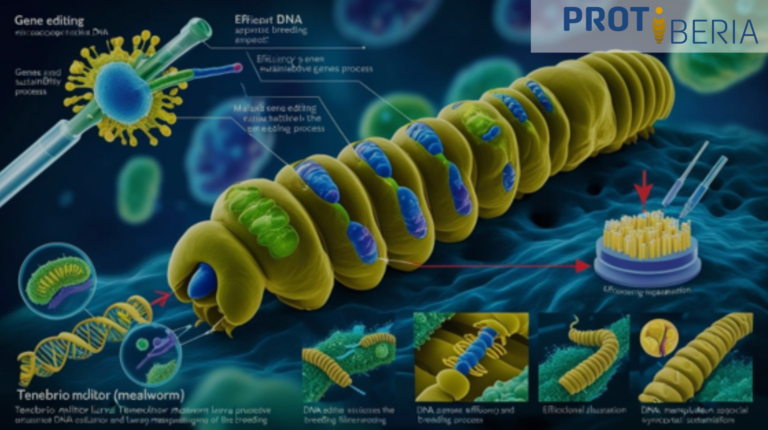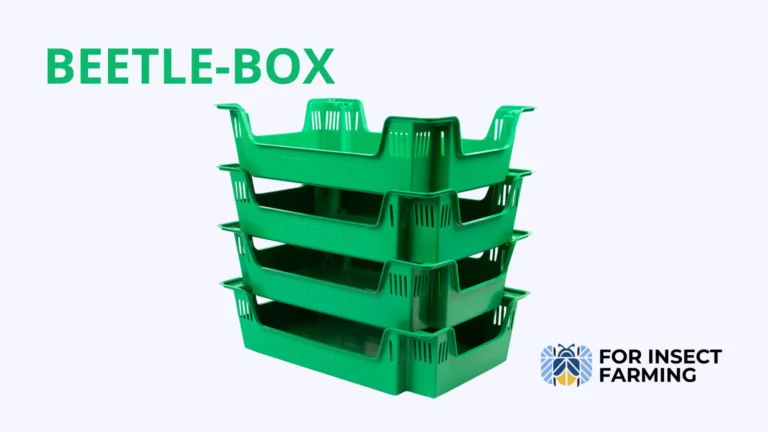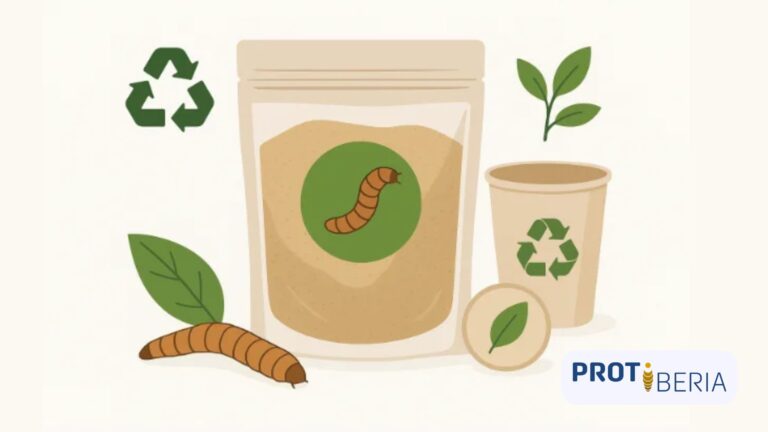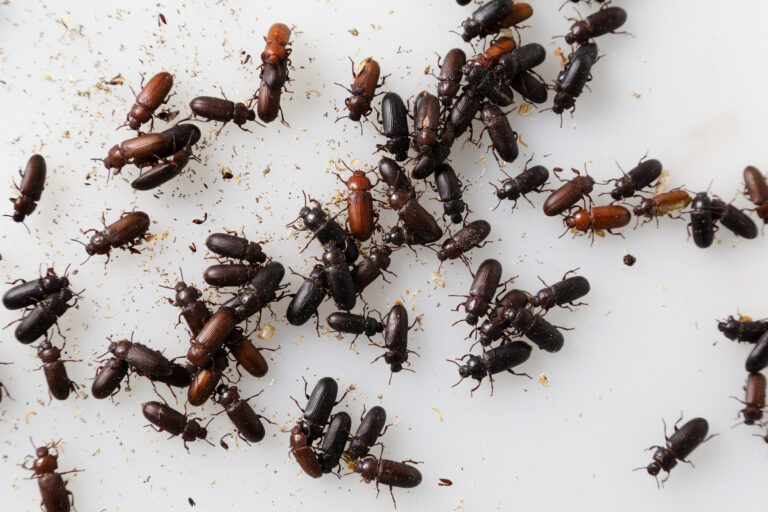| In recent years, genetic editing has emerged as a key tool to enhance efficiency in insect breeding. One of the most advanced technologies in this field is CRISPR “direct parental”. DIPA-CRISPR allows for more precise and controlled editing of insect genes, which could facilitate the optimization of various biological processes. |
What is feed effiency in insects?
Feed efficiency refers to an organism’s ability to convert consumed
nutrients into growth or biomass. In the case of insects bred for animal or
human food production, improving this efficiency is essential to reduce
feeding costs and increase productivity.
By optimizing how insects process food, it is possible to generate more
biomass from the same amount of resources, directly impacting the
profitability and sustainability of the industry.

How does genetic editing help?
Genetic editing provides a precise approach to improving insects’ feed
efficiency. Modifications can target several key aspects:
- Metabolism optimization: Modifying genes that regulate metabolic
pathways to enable insects to use nutrients more efficiently. This can
lead to better food utilization, reducing the amount needed to reach
an optimal weight.
- Improved nutrient absorption: By altering genes responsible for
digestive enzymes, insects can process a broader range of food and
make better use of available nutrients. This is especially valuable
when agricultural by-products or organic waste are used as food
sources.
- Accelerated growth: Genetic manipulation of key genes involved in
insects’ development and reproduction can help them reach their
maximum size in less time. This shortens the production cycle,
resulting in lower costs and higher volumes of processed insects.
Industry benefits
Improving feed efficiency through genetic editing brings multiple
advantages for the industry:
- Reduced production costs: With insects converting food more
efficiently, feeding costs decrease significantly, improving the
profitability of insect farms.
- Greater sustainability: Optimizing the use of organic by-products
as food not only reduces costs but also promotes more sustainable
production by utilizing waste that would otherwise be discarded.
- Higher quality of derived products: Genetically modified insects
can produce higher-quality proteins and oils, increasing their market
value for both animal feed and human consumption.

Ethical and regulatory challenges
Despite advancements, implementing genetically modified insects is not
without challenges:
- Public perception: The use of genetically modified organisms
(GMOs) still generates skepticism among many consumers. Educating
the public about the benefits of these products is necessary to
overcome psychological and cultural barriers.
- Strict regulations: GMO laws vary by country, which may hinder the
international expansion of these products. Companies must navigate
a complex regulatory framework to ensure global acceptance and
distribution.
- Ecological impact: Although insect breeding occurs in controlled
environments, experts remain cautious about the potential ecological
effects of accidentally releasing modified insects into the wild.
Rigorous impact studies must be conducted before allowing their
release.
Genetic editing offers significant potential to improve feed efficiency in
insect breeding, transforming the industry by making it more cost-effective,
sustainable, and profitable. While advancements are promising, it is crucial
to implement these technologies responsibly, considering both the benefits
and potential risks. Ultimately, the future of genetically modified insect
production will depend on market acceptance and regulatory policies
guiding their use.
Insect breeding is at the forefront of biotechnology and food sustainability.
As genetic editing progresses, this sector may become one of the key
solutions to address future food and environmental challenges. However, a
balanced approach combining scientific innovation with ethical and
regulatory responsibility will be essential.
References:
- https://www.freezem.com/bsf-technology
- Shirai, Y., Piulachs, M. D., Belles, X., & Daimon, T. (2022). DIPA-CRISPR is a simple and accessible method for insect gene editing. Cell Reports Methods, 2(5).



